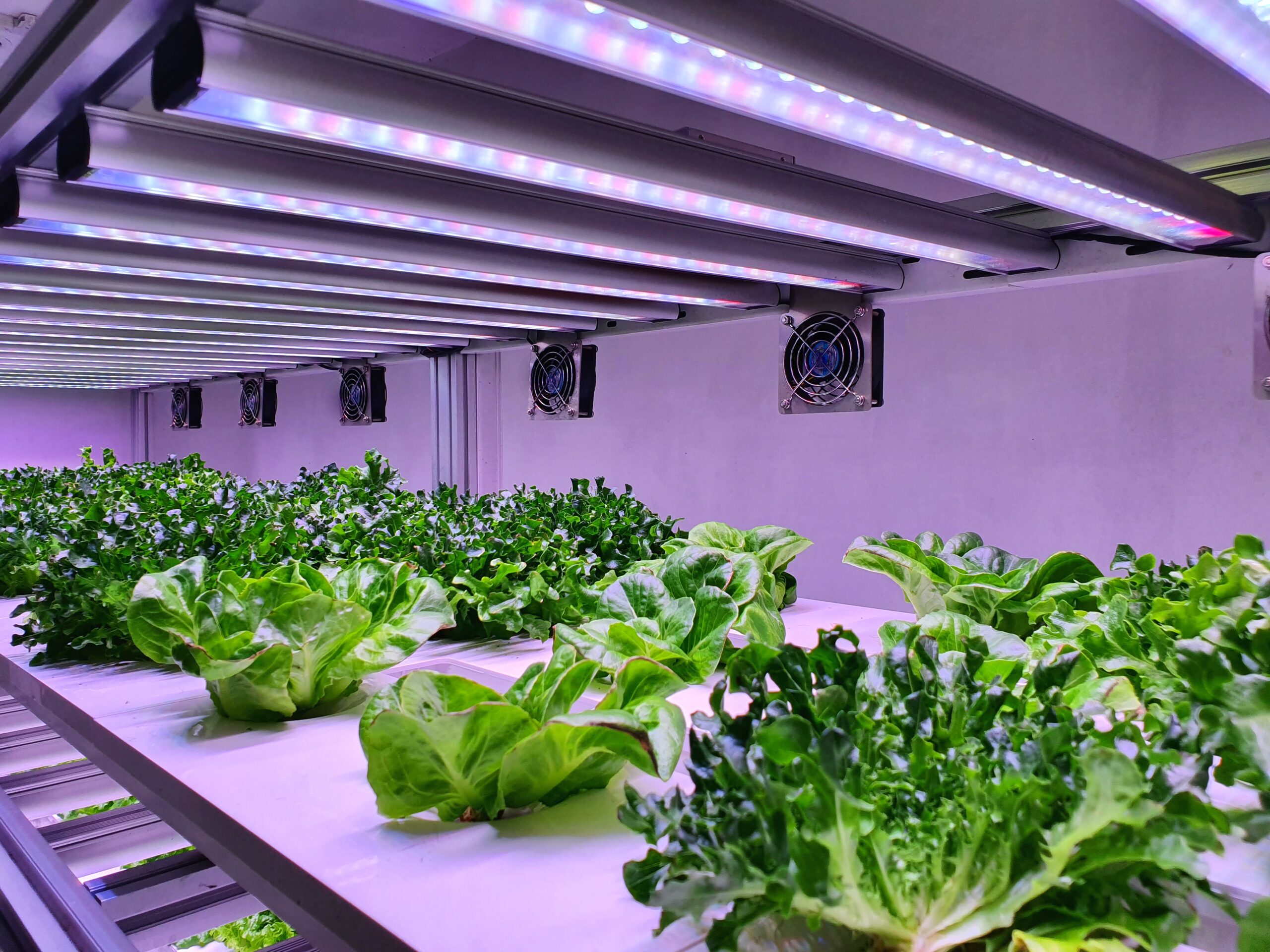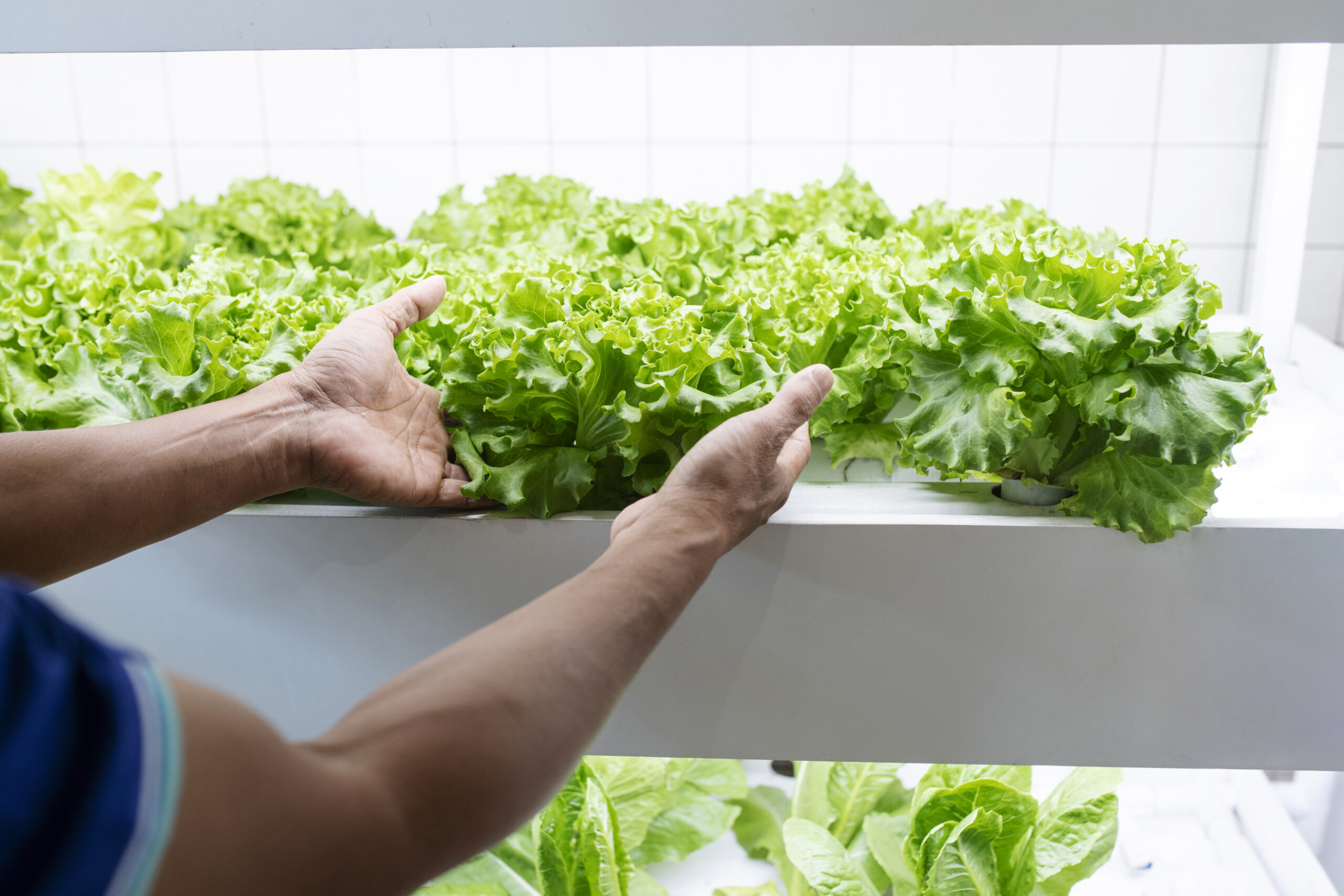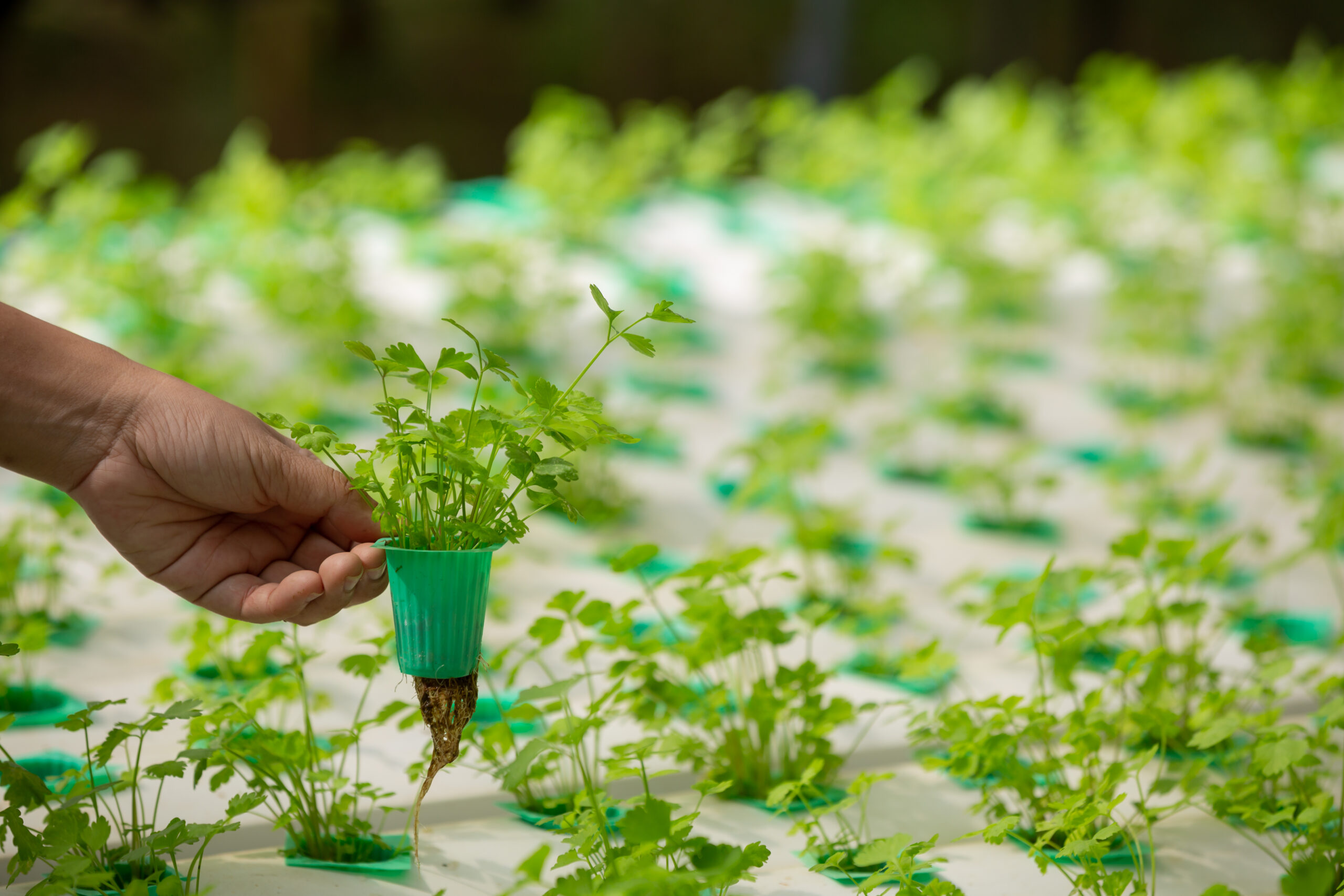Costs of Hydroponic Farming
Hydroponic farming, a method of growing plants without soil, has gained popularity in recent years due to its numerous benefits. However, like any farming method, there are costs associated with setting up and maintaining a hydroponic farm. In this section, we will explore the costs of hydroponic farming and discuss strategies to minimize expenses.
One of the primary costs of hydroponic farming is the initial setup. Unlike traditional farming, hydroponics requires specialized equipment such as grow lights, nutrient solutions, and a controlled environment system. These components can be quite expensive, especially for larger-scale operations. Additionally, the cost of constructing a suitable structure to house the hydroponic system must be considered.
Another significant expense in hydroponic farming is the ongoing cost of electricity. Grow lights, which provide the necessary light for plant growth, consume a significant amount of energy. The cost of running these lights for extended periods can quickly add up. Additionally, maintaining a controlled environment system, including heating and cooling, also contributes to the electricity bill.
Furthermore, hydroponic farming requires a constant supply of nutrient solutions. These solutions, which provide essential minerals and nutrients to the plants, need to be regularly replenished. The cost of purchasing these solutions can be significant, especially for larger hydroponic farms. However, some farmers choose to create their own nutrient solutions, which can help reduce costs.
Labor costs are another consideration in hydroponic farming. While the automation of certain tasks, such as watering and nutrient distribution, can reduce the need for manual labor, there are still tasks that require human intervention. These include planting, pruning, and harvesting. Depending on the size of the operation, labor costs can vary significantly.
Despite these costs, hydroponic farming offers several benefits that can outweigh the initial investment. One of the main advantages is the ability to grow crops year-round. By controlling the environment, hydroponic farmers can eliminate the limitations imposed by seasonal changes. This allows for a continuous supply of fresh produce, which can be highly profitable.
Additionally, hydroponic farming requires less water compared to traditional farming methods. The closed-loop system used in hydroponics allows for the recycling and reuse of water, reducing overall consumption. This not only helps conserve water resources but also lowers water bills for farmers.
Moreover, hydroponic farming eliminates the need for pesticides and herbicides. By growing plants in a controlled environment, farmers can prevent pest infestations and weed growth without the use of harmful chemicals. This not only benefits the environment but also reduces the cost of purchasing and applying these chemicals.
To minimize costs in hydroponic farming, farmers can employ several strategies. One approach is to start small and gradually expand the operation as profits increase. This allows farmers to spread out the initial investment over time and minimize financial risks. Additionally, farmers can explore options for sourcing equipment and supplies at lower costs, such as purchasing used equipment or negotiating bulk discounts.
In conclusion, while hydroponic farming comes with its own set of costs, the benefits it offers make it an attractive option for many farmers. By carefully considering the initial setup costs, ongoing expenses, and implementing cost-saving strategies, hydroponic farmers can maximize their profits and contribute to sustainable agriculture.
Benefits of Hydroponic Farming

pic source:freepik.com
Hydroponic farming, a method of growing plants without soil, has gained popularity in recent years due to its numerous benefits. In this section, we will explore the advantages of hydroponic farming and why it is becoming a preferred choice for many farmers.
One of the key benefits of hydroponic farming is its ability to maximize crop yields. By providing plants with a nutrient-rich solution directly to their roots, hydroponics ensures that plants receive all the necessary nutrients they need to grow and thrive. This targeted approach eliminates the need for plants to search for nutrients in the soil, resulting in faster growth and higher yields. Additionally, hydroponic systems can be designed to optimize space utilization, allowing farmers to grow more plants in a smaller area compared to traditional soil-based farming.
Another advantage of hydroponic farming is its water efficiency. Traditional farming methods often require large amounts of water, which can be wasteful and unsustainable. In hydroponics, water is recirculated within the system, minimizing water usage. Furthermore, the controlled environment of hydroponic systems allows for precise water management, ensuring that plants receive just the right amount of water they need. This not only conserves water but also reduces the risk of overwatering or underwatering, which can negatively impact plant health.
Hydroponic farming also offers greater control over environmental conditions. By growing plants indoors or in greenhouses, farmers can regulate temperature, humidity, and light levels to create an optimal growing environment. This control allows for year-round cultivation, regardless of external weather conditions. Moreover, the controlled environment reduces the risk of pests and diseases, minimizing the need for pesticides and other chemical treatments. This makes hydroponic farming a more sustainable and environmentally friendly option compared to conventional farming methods.
In addition to its environmental benefits, hydroponic farming can also be financially advantageous. Although the initial setup costs may be higher than traditional farming, hydroponic systems can provide a quicker return on investment due to increased crop yields and reduced water and pesticide expenses. Furthermore, hydroponic farming can be done in urban areas, bringing fresh produce closer to consumers and reducing transportation costs. This can create new business opportunities and contribute to local food security.
Hydroponic farming also offers flexibility in crop selection. Since plants are not dependent on soil quality, farmers can grow a wide variety of crops, including those that may not thrive in certain soil conditions. This opens up possibilities for growing specialty crops or experimenting with new varieties. Additionally, hydroponic farming allows for vertical farming, where plants are stacked vertically, maximizing space utilization and enabling the cultivation of crops in areas with limited land availability.
In conclusion, hydroponic farming offers numerous benefits that make it an attractive option for modern agriculture. From maximizing crop yields and water efficiency to providing greater control over environmental conditions and offering financial advantages, hydroponics is revolutionizing the way we grow plants. Its flexibility in crop selection and ability to grow in urban areas further contribute to its appeal. As the demand for sustainable and efficient farming practices continues to grow, hydroponic farming is poised to play a significant role in meeting these needs.
Strategies for Hydroponic Farming

Strategies for Hydroponic Farming
Hydroponic farming is gaining popularity as a sustainable and efficient method of growing plants without soil. With the right strategies in place, hydroponic farming can be a highly productive and profitable venture. In this section, we will explore some key strategies that can help you maximize the benefits of hydroponic farming.
One of the first strategies to consider is selecting the right crops for hydroponic farming. While almost any plant can be grown hydroponically, certain crops are better suited for this method. Leafy greens like lettuce, spinach, and kale, as well as herbs like basil and mint, tend to thrive in hydroponic systems. These crops have shallow root systems and can be grown in nutrient-rich water solutions, making them ideal for hydroponics.
Another important strategy is designing an efficient hydroponic system. There are several different types of hydroponic systems, including nutrient film technique (NFT), deep water culture (DWC), and vertical systems. Each system has its own advantages and disadvantages, so it’s important to choose one that suits your specific needs and resources. Factors such as space availability, budget, and crop type should be taken into consideration when designing your hydroponic system.
Maintaining proper nutrient levels is crucial for successful hydroponic farming. Since plants in hydroponic systems rely on nutrient-rich water solutions for their growth, it’s important to regularly monitor and adjust the nutrient levels. Conducting regular water tests and adjusting the nutrient solution accordingly will ensure that your plants receive the optimal amount of nutrients. Additionally, it’s important to maintain the pH level of the nutrient solution within the appropriate range for the specific crops being grown.
Proper lighting is another key strategy for hydroponic farming. Since hydroponic systems are often set up indoors or in greenhouses, providing adequate lighting is essential for plant growth. LED grow lights are commonly used in hydroponic systems due to their energy efficiency and ability to provide the right spectrum of light for plant photosynthesis. It’s important to position the lights at the correct distance from the plants to ensure optimal light absorption.
Implementing a pest and disease management strategy is crucial for maintaining healthy plants in hydroponic systems. Since hydroponic farming involves growing plants in a controlled environment, pests and diseases can spread quickly if not properly managed. Regularly inspecting plants for signs of pests or diseases, implementing preventive measures such as using insect screens and practicing good hygiene, and promptly addressing any issues that arise can help prevent the spread of pests and diseases in your hydroponic system.
Lastly, it’s important to continuously educate yourself and stay updated on the latest advancements and techniques in hydroponic farming. Joining online communities, attending workshops and conferences, and reading scientific literature can provide valuable insights and help you stay ahead in this rapidly evolving field. Experimenting with new techniques and technologies can also help you optimize your hydroponic farming practices and increase your yields.
In conclusion, hydroponic farming offers numerous benefits, and with the right strategies in place, it can be a highly productive and profitable venture. Selecting the right crops, designing an efficient system, maintaining proper nutrient levels, providing adequate lighting, implementing pest and disease management strategies, and continuously educating yourself are all key strategies that can help you succeed in hydroponic farming. By implementing these strategies and staying committed to learning and improving, you can unlock the full potential of hydroponic farming and reap its many rewards.

